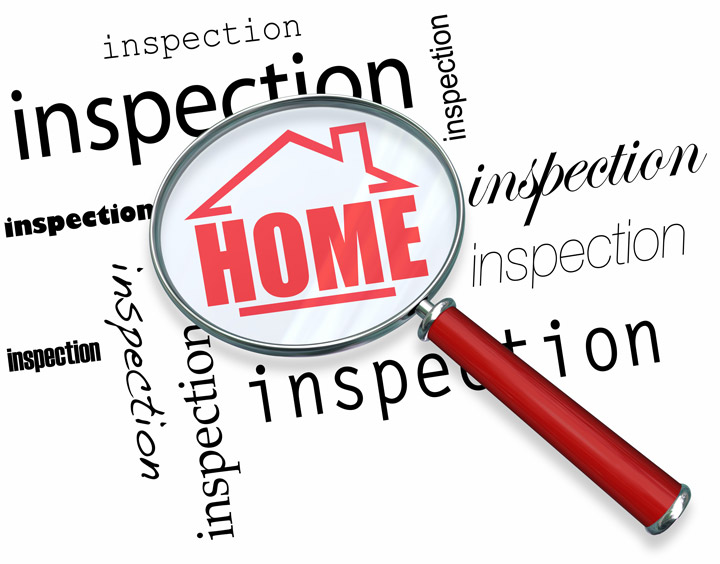
Understanding AppraisalsAcquiring real estate is the most important transaction most might ever encounter. It doesn't matter if where you raise your family, an additional vacation property or one of many rentals, purchasing real property is an involved financial transaction that requires multiple people working in concert to see it through. The majority of the people involved are very familiar. The most familiar face in the transaction is the real estate agent. Next, the bank provides the money needed to finance the deal. And ensuring all areas of the transaction are completed and that a clear title passes from the seller to the buyer is the title company. So, what party is responsible for making sure the value of the real estate is consistent with the purchase price? In comes the appraiser. We provide an unbiased estimate of what a buyer could expect to pay — or a seller receive — for a parcel of real estate, where both buyer and seller are informed parties. A licensed, certified, professional appraiser from Kristy Sabus will ensure, you as an interested party, are informed. Appraisals begin with the home inspectionTo determine the true status of the property, it's our duty to first complete a thorough inspection. We must see aspects of the property first hand, such as the number of bedrooms and bathrooms, the location, living areas, etc, to ensure they indeed are present and are in the shape a typical person would expect them to be. The inspection often includes a sketch of the floorplan, ensuring the square footage is proper and illustrating the layout of the property. Most importantly, the appraiser looks for any obvious features - or defects - that would affect the value of the property. Following the inspection, we use two or three approaches to determining the value of the property: paired sales analysis and, in the case of a rental property, an income approach. 
Cost ApproachHere, we pull information on local construction costs, labor rates and other elements to calculate how much it would cost to construct a property nearly identical to the one being appraised. This value often sets the maximum on what a property would sell for. It's also the least used predictor of value. 
Paired Sales AnalysisAppraisers become very familiar with the subdivisions in which they appraise. They thoroughly understand the value of particular features to the people of that area. Then, the appraiser looks up recent transactions in close proximity to the subject and finds properties which are 'comparable' to the real estate being appraised. Using knowledge of the value of certain items such as square footage, extra bathrooms, hardwood floors, fireplaces or view lots (just to name a few), we add or subtract from each comparable's sales price so that they are more accurately in line with the features of subject.
A true estimate of what the subject might sell for can only be determined once all differences between the comps and the subject have been evaluated. When it comes to putting a value on features of homes in Pueblo West and Pueblo, Kristy Sabus can't be beat. The sales comparison approach to value is usually given the most consideration when an appraisal is for a real estate exchange. Valuation Using the Income ApproachA third way of valuing real estate is sometimes employed when an area has a reasonable number of rental properties. In this case, the amount of revenue the property generates is factored in with income produced by comparable properties to derive the current value. Putting It All TogetherAnalyzing the data from all applicable approaches, the appraiser is then ready to stipulate an estimated market value for the property in question. The estimate of value on the appraisal report is not always what's being paid for the property even though it is likely the best indication of a property's valueIt's not uncommon for prices to be driven up or down by extenuating circumstances like the motivation or urgency of a seller or 'bidding wars'. Regardless, the appraised value is often used as a guideline for lenders who don't want to loan a buyer more money than the property is actually worth. At the end of the day, an appraiser from Kristy Sabus will guarantee you get the most fair and balanced property value, so you can make profitable real estate decisions. |